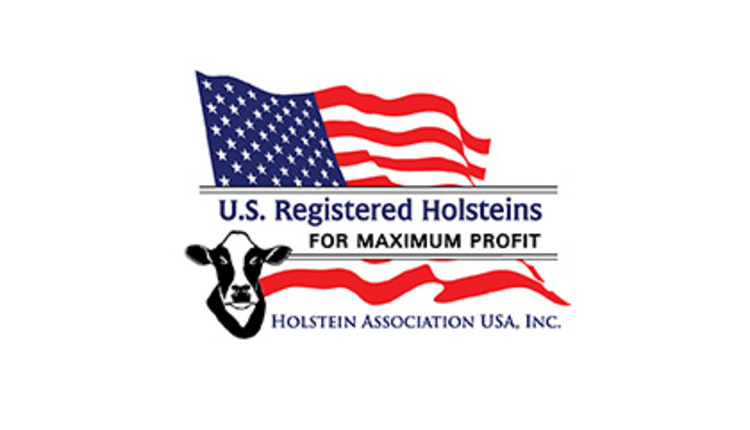
The call from Toby, the hoof trimmer, came as I was working on my mobility score. I was traveling from the chiropractor to the massage clinic. The massage clinic visit has been a regular every two weeks as long as we’ve checked cows on large dairies. The chiropractic adjustment gets added every few months when my body says there is a need.
Toby asked, “Can you write a prescription to use tet and linco for my clients?”
Tough to say “no”
I’m not fond of just telling people no, so some explanation was needed.
First of all, we need to stop using lincomycin in topical applications because it is not labeled for lactating dairy cows and has a zero tolerance in milk. There has not been research on the absorption of topical lincomycin passing into the blood and milk, but similar antibiotics have been studied and they are absorbed in small amounts.
So, our topical treatment choices for digital dermatitis are limited to tetracycline and the nonantibiotic treatments. If the nonantibiotic treatments work, use them. If not, we need to use tetracycline, now a prescription drug, in a judicious manner. We cannot create a violative residue.
Historically, Toby, like most hoof trimmers, carried a supply of tetracycline and used it to treat digital dermatitis on multiple farms as he deemed appropriate. The FDA has now made all water soluble medications prescription so only veterinarians or pharmacists can dispense them. As a veterinarian, we cannot write a prescription to a hoof trimmer because they are not a pharmacist. We cannot dispense to a hoof trimmer because they cannot fulfill the requirements of a veterinary-client-patient relationship (VCPR).
So, we are left with two options.
1. We can write a prescription or dispense to the individual farms so they can have a supply of tetracycline available for the trimmer. Toby didn’t think the farms would do this. However, I thought they would.
2. The hoof trimmer can switch to the use of injectable tetracycline, which is an over-the-counter drug that we would be using in an extra-label manner. This would also require a written protocol from the veterinarian of record. Toby wasn’t sure if he wanted to change his methods but thought he better have some liquid in case a farm didn’t have the powder for him.
Like all prescription drugs, we need to keep records of treatment for two years. We are using this drug in an extra-label manner, so we need to be very diligent to avoid residues.
Dr. Gerard Cramer’s studies have shown that 2 grams (1/2 teaspoon of powder or 10 cc of oxytet 200 liquid) are just as effective as 25 grams (5 teaspoons of powder) at resolving hairy warts or digital dermatitis. Toby had always followed the more is better philosophy and applied the tetracycline until it fell off. Now he would get his doses under control.
Mandatory testing of 1 per 15 loads of milk for tetracycline has been delayed until second one-quarter of 2017. The next thing to understand is that every cow with a tetracycline wrap has teat contamination for up to 24 hours and has blood transfer at the high doses for up to 30 hours. Do we need to have milk withhold on cows with wraps? Not yet, if we lower our doses and do a great job of cleaning teats.
Toby wasn’t sure he liked all this change but was resigned to doing what he could to keep his clients out of trouble.
He made one last jab, “I hope you’re liking all the money these new rules are making you!”
My retort, “This is almost but not quite worth the hassle it’s created.”
Mack texted me Saturday morning that the weaned heifer group had broken with respiratory disease. He’d injected a few, but there were a lot more this morning, and he wanted to put a feed grade antibiotic in the feed to control new cases. There were several requirements for me to write a veterinary feed directive for Mack to mix the antibiotic in the feed. I texted Mack that I needed to see the heifers so I needed the location, how many, and how big (weight and size) those heifers were. I also needed the drug of choice and duration desired.
Mack fulfilled some of the requirements of a veterinary-client-patient relationship as a regular herd health client, but these heifers were on another farm where I hadn’t been for more than our limit of six months. We’d planned to visit those heifers at the last herd check, but a calving interfered and Mack had to get to school for his daughter’s National Honor Society induction.
I headed to the heifer farm, where I noticed several contributors to the heifer’s condition. The curtains were completely closed, and as January weather in Ohio will do, the temperature had risen to over 50°F creating a sweat on the backs of the heifers. The pens were wetter than I’d ever seen Mack have in a heifer pen, and there was certainly a significant amount of spontaneous coughing. A few heifers had paint stick dates and an antibiotic abbreviation written on their hips. Mack showed up with his son, Jake.
I mentioned that the pens needed to be bedded and the curtains needed to be better controlled with variable weather.
Jake manned up that this group of heifers was his responsibility and wrestling practice and the intensive meet schedule had made it so he got them fed, but bedding and vaccination hadn’t happened. There was no meet today, so it was decided to clean the barn out and start over.
I suggested we use a water medication for faster response than a feed grade. Mack said he had automatic curtain controllers for this barn, and he thought he and Jake could put them on today after the manure was hauled. After we returned the heifers to health, we could vaccinate them the way we had originally planned.
Mack commented, “I’m sure all of this is a big hassle for you, but I can see where doing this right can benefit me and our industry in the long run.”
A visit can be prevention
I suspect if we had visited the heifer barn at last herd check, we might have avoided the sick animals. This is why the FDA has mandated that we as veterinarians oversee feed grade and water soluble antibiotics. We are charged with directing the judicious use of medically important antibiotics to reduce the risk of residues and developing resistant organisms.
Admittedly, there will be some strains getting used to this system, but like any hard-working back, the kinks can be worked out. If you think you need water soluble or feed grade antibiotics, call your vet. The antibiotics might be just what the doctor orders or together you may come up with another plan.
Just because you’ve always done it that way doesn’t mean you can’t do better. Change can make grown-ups happy, too.











